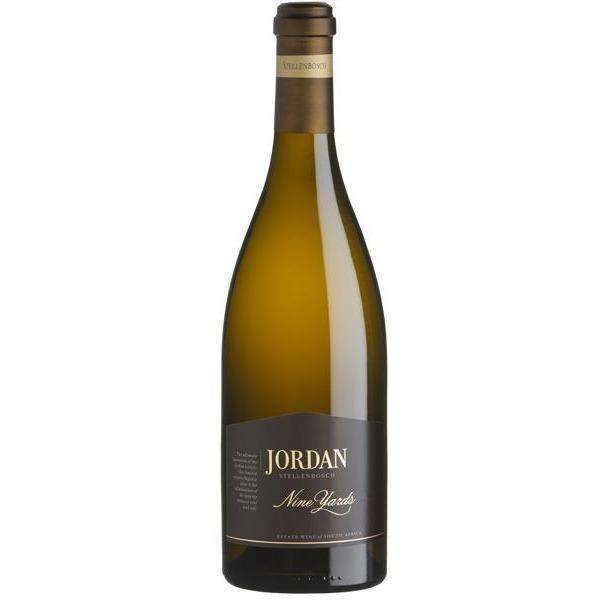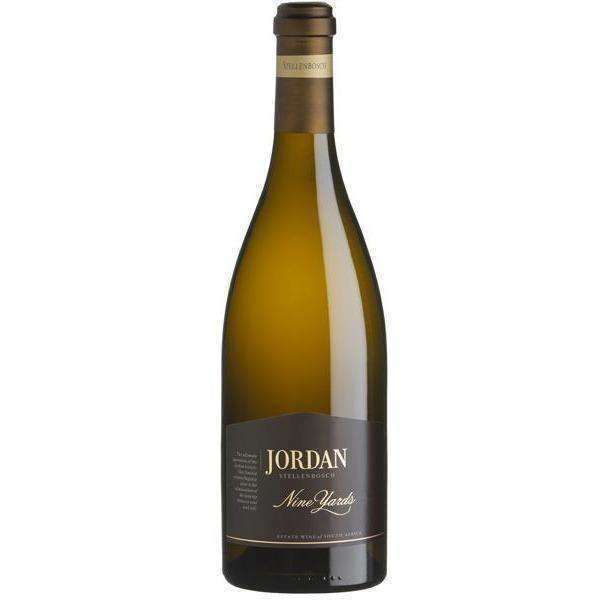Jordan Estate Nine Yards Chardonnay
Jordan Estate Nine Yards Chardonnay
Tilgængelighed for afhentning kunne ikke indlæses
Share
Jordan Estate Nine Yards Chardonnay: Discover Stellenbosch Elegance in a Glass
Introduction
South Africa's Stellenbosch region is renowned for producing world-class Chardonnay, and Jordan Estate Nine Yards Chardonnay is a shining example of this excellence. This reserve-style wine showcases the unique terroir of Jordan Estate, offering a complex and unforgettable tasting experience. Let's dive into its aromas, flavours, and ideal food pairings.
Tasting Notes
- Appearance: Jordan Estate Nine Yards Chardonnay displays a beautiful golden hue with subtle green highlights, hinting at its freshness and vibrancy.
- Nose: Aromas of ripe stone fruits like peach and nectarine mingle with citrus notes of lemon and grapefruit. Delicate hints of vanilla, toasted oak, and a touch of spice add layers of complexity.
- Palate: The palate delivers on the promise of the nose with rich, concentrated flavours of stone fruit and citrus. A creamy texture is balanced by refreshing acidity, while subtle oak notes add depth. The finish is long and lingering, with a hint of minerality that reflects the Stellenbosch terroir.
Food Pairing Suggestions
Jordan Estate Nine Yards Chardonnay's balance of richness and acidity makes it a versatile food pairing wine. Try these delicious matches:
- Seafood: The wine's subtle oak and creamy texture pair beautifully with grilled lobster, scallops with lemon and herbs, or a rich crab bisque.
- Poultry: Roast chicken with a creamy mushroom sauce or a herb-stuffed turkey breast complement the Chardonnay's richness and spice notes.
- Vegetarian: This Chardonnay handles creamy pasta dishes like wild mushroom risotto or a butternut squash ravioli with brown butter sauce.
- Cheese: Pair with soft, creamy cheeses like Brie or Camembert, or a flavorful aged cheddar.
About Jordan Estate Nine Yards Chardonnay
This wine is crafted from hand-selected grapes grown on the premium Nine Yards vineyard block at Jordan Estate. Careful winemaking, including barrel fermentation and extended lees ageing, contribute to its complexity and creamy texture.


